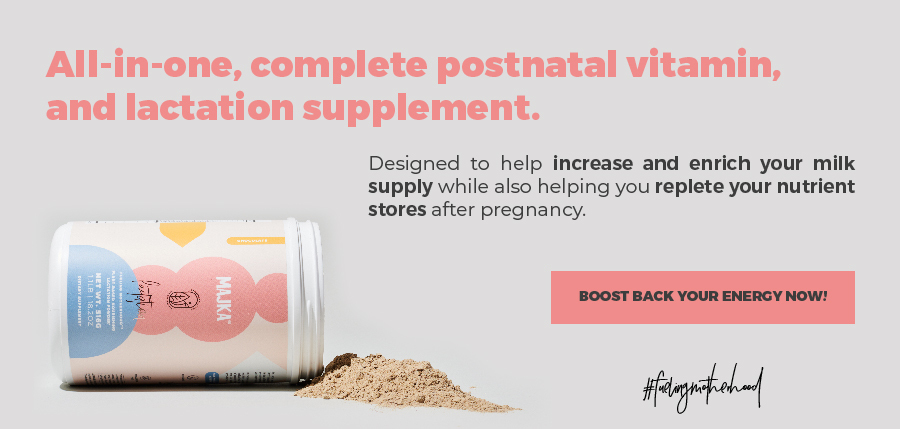
When preparing to pump and store breast milk it is always recommended to:
- The first step to properly store breast milk, is t wash your hands first with soap and water or hand sanitizer with at least 60% alcohol if soap and water is not available.
- Prepare the container to store breast milk:
- You can use breastmilk storage bags, or plastic or glass containers with lids. Avoid any plastic that may have BPA in them. Do not store milk in plastic bottle bags or bags unintended for breastmilk storage.
- Make sure your container is sealed before storing it.
- Label your container with the date and number of ounces you will be storing. Remember to add your child’s name if it will be used at daycare.
- Store your milk in a variety of ounces from 2-4 ounces. That way, if the baby needs a little bit of extra milk, you don’t have to thaw another full bag and waste any of that liquid gold!
- Avoid storing your milk in the door of the fridge or freezer. Sometimes areas that have a lot of temperature change can affect the quality of the breast milk.
- If you will not be using the stored breastmilk in the next few days(3-4 days), it is best to freeze it right away, instead of going from the fridge to the freezer.
- Breast milk expands when it freezes so it is best to leave about an inch of space at the top of the bag.
- If you need to travel, it is ok to store breastmilk in an insulated bag with ice packs for up to 24 hours. As soon as possible it should be placed in the fridge or freezer.
How long can I store my breast milk?
Recent CDC guidelines have been updated and released to help maintain the quality, freshness, and safety breastmilk.
Specific temperatures for each category are recommended. Room temperature is defined as 77 degrees F and colder. Refrigerator temperatures are defined as 40 degrees F. And Freezer temperatures are defined as 0 degrees F and colder.
Freshly pumped breast milk:
- Up to 4 hours at room temperature
- Up to 4 days in the refrigerator
- Within 6 months in the freezer is best, Up to 12 months is acceptable
Thawed breastmilk:
- Start your timer from when the milk is thawed, not when it is removed from the freezer.
- 1-2 hours at room temperature
- Up to 24 hours in the refrigerator
- Do not refreeze thawed milk.
For both freshly pumped and thawed breastmilk, if the baby does not finish a bottle and there is leftover milk, the bottle can be offered again for the next 1-2 hours. Any remaining milk in the bottle after that point should be discarded.
How do I thaw my frozen breast milk?
Hopefully, when you stored your breastmilk in the freezer, you labeled it so you know the date and how many ounces are in the back. Hopefully you left about an inch of space at the top of the bag so it didn’t expand too much. And maybe you stored them flat, so it can be stacked easier and save freezer space. No matter what, when you reach into your freezer to grab a bag of breastmilk, make sure you are taking the oldest milk first. The quality of breastmilk decreases over time in the freezer, so it is best to use the oldest milk first.
There are a few different ways to thaw breastmilk, in all scenarios, make sure the container of breastmilk stays sealed during the thawing process:
- Put the bag of breastmilk in the refrigerator overnight. This is a slow thawing process and great to do if you have the time.
- Place a bag of breastmilk in a larger cup or container of warm water.
- Place the bag of breastmilk under running, lukewarm water.
Remember to never microwave breast milk as it can reduce the nutrients in the milk and also cause hot spots that can burn a baby’s mouth.
How do I warm up a bottle of breast milk?
If you have refrigerated milk, or thawed milk, it does not have to be warmed. Breastmilk can be served at room temperature, or cold. If you/your baby prefers warmed breastmilk, that is ok too. If you warm the milk, ensure the container of breastmilk stays sealed.
- You can first transfer the cold milk into a bottle, or keep it in its original container, then warm it, and then transfer to a bottle. For ease, it may be best to transfer it to a bottle first, and then warm so it is ready for the baby.
- Warm water in a pot on the stove or a mug/container in the microwave. The water should be warm, not hot. Place the container of milk into the container of warm water for a few minutes.
- Place the container of milk under a stream of warm water for a few minutes.
- Always test the milk first by putting a few drops on your wrist, it should not feel “hot”, just warm.
- Sometimes the fat content can separate in the bottle, it is ok to swirl the bottle to mix the contents prior to giving it to the baby.
- Remember to discard any milk in the bottle that the baby doesn’t drink within 2 hours.
How do I know if my breast milk has gone bad?
- Breastmilk has a very mild odor that is very neutral in nature. Some say they can hardly smell breast milk at all; others might say that it reminds them of cantaloupe juice. In any case, smell is a great way to know that your breast milk is safe for your baby to drink.
- If your breast milk smells rancid or sour at all, it has likely gone bad. Doing a quick “smell test” is simple and effective.
- If your breastmilk repeatedly smells sour or rancid, it is a good idea to go through your storage procedures to make sure the containers are properly sealed and stored as directed.
- Milk that smells sour or “soapy” may be an indicator of higher quantities of lipase in the milk.
- Milk that has already gone sour is not salvageable. If high lipase levels are suspected, freshly pumped milk can be scaled prior to storing the milk to help reduce the lipase and thus reduce the “sour”, “soapy” taste.
- If sour milk is a repetitive issue for you, I recommend working with a lactation consultant to help identify the problem and develop a plan.
Written by Annie Rueb, RNC, IBCLC
Annie Rueb






